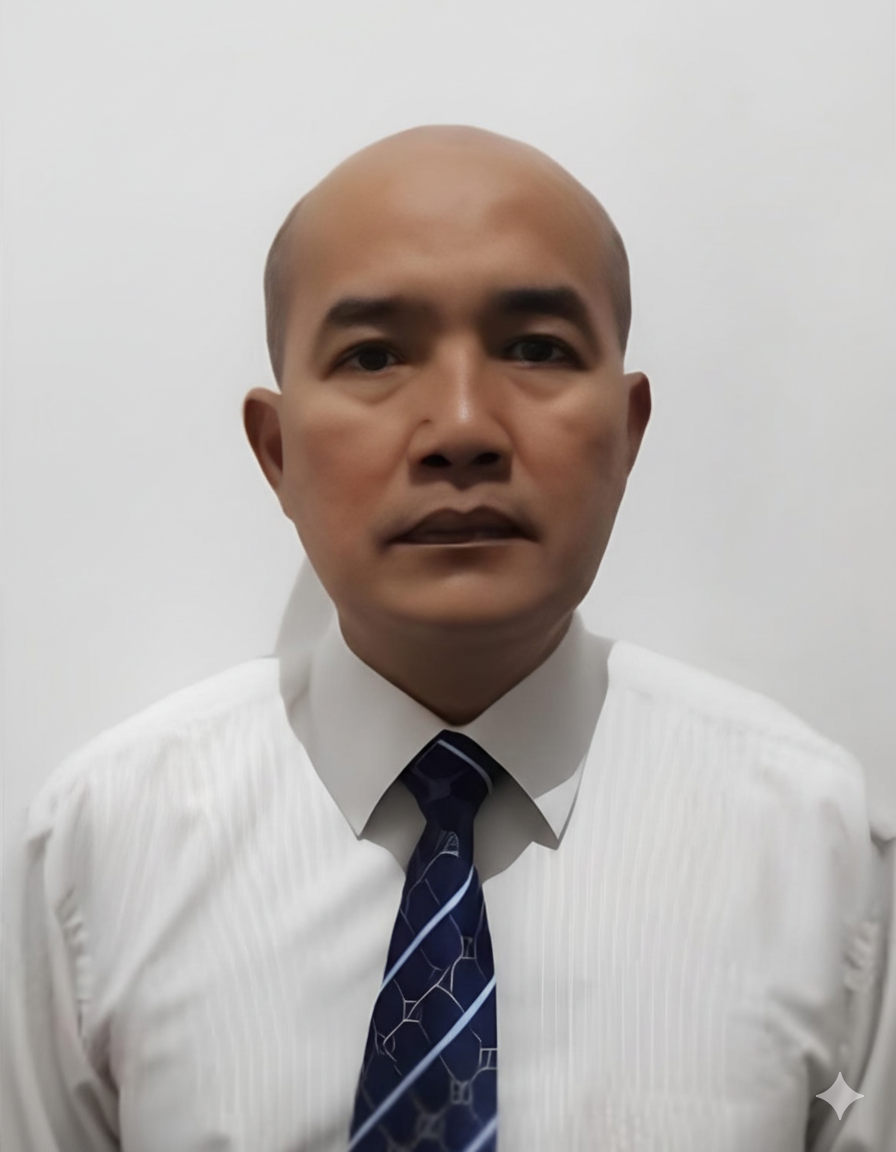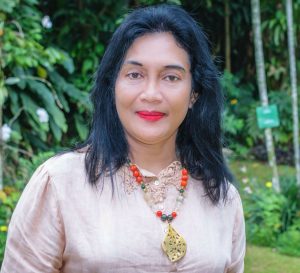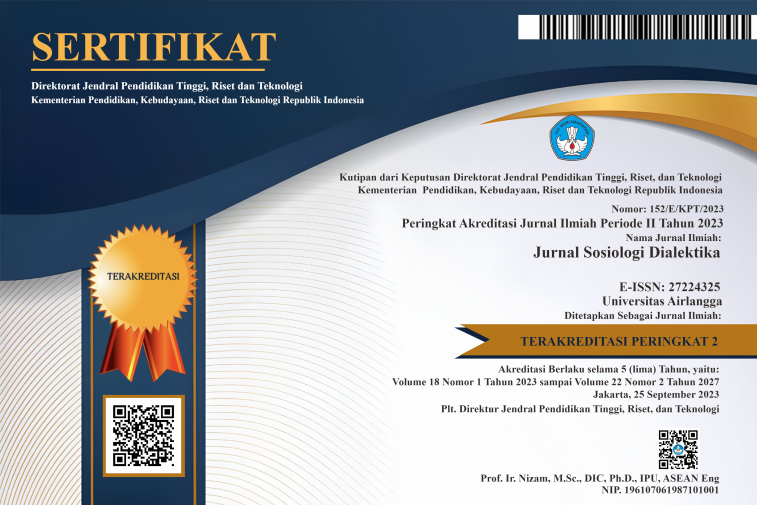The beautiful discourse of Sundanese women in Bandung City
Downloads
Discourse is a system of thinking, ideas, or thoughts describing a culture or speech characteristic in a certain period. This article focuses on the discourse of beautiful Sundanese women in Bandung. This research is studied using Michel Foucault's theory of discourse, with the archaeological method of knowledge to determine the discontinuity between one knowledge and another. Data collection techniques with in-depth interviews and documentation study. The results of this study indicate that the discussion of beautiful Sundanese women in the city of Bandung is first, beauty is not only judged by physical appearance, but the assessment of beauty is based on behavior and thoughts; second, women are considered beautiful when they are grateful, confident, find their unique beauty, and love themselves; and third, there is no the same physical standard, however, Sundanese women in Bandung expect healthy and clean facial skin. This study concludes that the discourse of beauty in Sundanese women was formed as a form of expression to maintain and love themselves and not about specific predetermined standards of beauty.
Chervenic B (2015) Is beauty a promise to happiness? New Errands: The Undergraduate Journal of American Studies 2 (2):1-7.
Ciotti G (2014) The surprising power of a beautiful face. Psychology Today, December 07. [Accessed 07 September 2022]. https://www.psychologytoday.com/us/blog/habits-not-hacks/201412/thesurprising-powerbeautiful-face.
Dimulescu C (2015) Casual conversation: A way of building social relationships. [Accessed 08 August 2022].https://www.researchgate.net/publication/328402663_CASUAL_CONVERSATION_A_ WAY_OF_BUILDING_SOCIAL_RELATIONSHIPS.
Farokhah FA & Wardhana APS (2019) The discourse of beauty faced by sales promotion girl in the curse of beauty novel. Madah: Jurnal Bahasa dan Sastra 10 (2):171-188.
Foucault M (1972) The Archaeology of Knowledge. New York: Vintage.
Hamidah S (2016) Rahasia kecantikan wanita Pasundan. [Accessed 17 September 2022]. https://www.sandraartsense.com/2016/01/rahasia-kecantikan-wanita-pasundan.html.
Heryadi D & Mutiara E (2020) Gandra Pitaloka: Visualisasi kisah cinta Dyah Pitaloka dalam karya tari. Joged Jurnal Seni Tari 15 (1):20-35.
Heryana A (2012) Mythology of Sundanese women. Patanjala: Jurnal Penelitian Sejarah dan Budaya 4 (1):156-169.
Hidayat DR & Abdullah A (2014) Fenomena iklan baris kesehatan di surat kabar lokal. Jurnal Kajian Komunikasi 2 (2):138-147. https://doi.org/10.24198/jkk.vol2n2.4.
Irma A & Hasanah D (2014) Menyoroti budaya patriarki di Indonesia. Social Work 7 (1):71-80.
Jawaami AJ (2017) Menyedihkan, ini alasan kenapa Bandung disebut Kota Kembang. AyoBandung.com,August 10. [Accessed 03 September 2022]. https://amp.ayobandung.com/read/2017/08/10/ 22574 / menyedihkan-ini-alasan-kenapa-bandung-disebut-kota-kembang.
Jo H (2016) Mengapa Bandung dijuluki Parijs van Java? Historia, January 06. [Accessed 14 August 2022].https://historia.id/urban/articles/mengapa-bandung-dijuluki-parijs-van-java-P4WoZ/ page/1.
Kaur K, Arumugam N, & Yunus NM (2013) Beauty product advertisements: A critical discourse analysis.Asian Social Science 9 (3):61-71. https://doi.org/10.5539/ass.v9n3p61.
Larasati H (2018) Self representation among dark skin people concerning discourse of beauty.MASYARAKAT: Jurnal Sosiologi 23 (1):79-99. https://doi.org/10.7454/mjs.v23i1.8342.
Mahrunnisa SH, Susanto D, & Susanto S (2020) The History of Beauty Discourse in Indonesia. European Union Digital Library. [Accessed 07 September 2022]. https://eudl.eu/doi/10.4108/eai.20-9-2019.2296705.
Marsya U (2019) Diskursus perempuan dalam media sosial Instagram: Studi deskriptif cyberbullying di akun @Lambe_Turah. Jurnal PIKMA: Publikasi Ilmu Komunikasi Media Dan Cinema 2 (1):31- 44. https://doi.org/10.24076/PIKMA.2019v2i1.394.
Millard J (2009) Performing beauty: Dove's "real beauty” campaign. Symbolic Interaction 32 (2):146-168.https://doi.org/10.1525/si.2009.32.2.146.
Pinem MLB (2014) Diskursus Corporate Social Responsibility: Pengetahuan dan Kekuasaan. Book Chapter.
Prianti DD (2013) Indonesian female beauty concept: Does it take into account the traditional values? The Asian Conference on Media and Mass Communication 2013:1-13. https://papers.iafor.org/ wpcontent/uploads/papers/mediasia2013/MediAsia2013_0133.pdf.
Puspitasari D & Suryadi Y (2020) Wacana di balik kecantikan. Thesis, Universitas Jenderal Soedirman, Purwokerto.
Rahmawati D (2019) Beauty concept represented on cosmetic advertisement. JOEPALLT 7 (1):1-10.
Ridwan I (2019) Identitas Sunda modern pada desain sampul Majalah Mangle No. 2610. Jurnal Komunikasi dan Desain Visual 1 (1):34-43.
Ruhimat M (2017) Hubungan Tiongkok dan Sunda dalam naskah-naskah Sunda kuno: Kearifan lokal dalam menjaga keutuhan bangsa Indonesia. Jurnal Cakrawala Mandarin 1 (1):75-85.
Sahan MY & Witarti DI (2021) Representasi perempuan cantik di media feminis Online Jurnal Perempuan dan Magdalene. Avant Garde 9 (2):210-229. https://doi.org/10.36080/ag.v9i2.1475.
Saputri MIM & Pinem ML (2022) Glorifikasi kecantikan di media sosial: Studi kasus isu eksploitasi mahasiswi pada akun Instagram @ugm.cantik. Journal of Social Development Studies 3 (1):70- 85. https://doi.org/10.22146/jsds.4446.
Saraswati LA (2013) Seeing Beauty, Sensing Race in Transnational Indonesia. Hawai'i: University of Hawai'i Press.
Suharni S (2015) Westernisasi sebagai problema pendidikan era modern. Jurnal Al-Ijtimaiyyah 1 (1):73-88. https://doi.org/10.22373/al-ijtimaiyyah.v1i1.255.
Swami V, Coles R, Wyrozumska K, Wilson E, Salem N, & Furnham A (2010) Oppressive beliefs at play: Associations among beauty ideals and practices and individual differences in sexism, objectification of others, and media exposure. Psychology of Women Quarterly 34 (3):365-379. https://doi.org/10.1111/j.1471-6402.2010.01582.x.
Urairak B (2018) The beauty discourse impacts upon consumer's behavior. PSAKU International Journal of Interdisciplinary Research 6 (1):50-57. https://doi.org/10.12778/235108618x15452373185985.

This work is licensed under a Creative Commons Attribution-NonCommercial-ShareAlike 4.0 International License.
1. Copyright of this journal is possession of Editorial Board and Journal Manager, by the knowledge of author, whilst the moral right of the publication belongs to the author.
2. Legal formal aspect of journal publication accessibility refers to Creative Commons Attribution-NonCommercial-ShareAlike (CC BY-NC-SA), implies that publication can be used for non-commercial purposes in its original form (cannot be modified).
3. Every publications (printed/electronic) are open access for educational purposes, research, and library. Other that the aims mentioned above, editorial board is not responsible for copyright violation.















